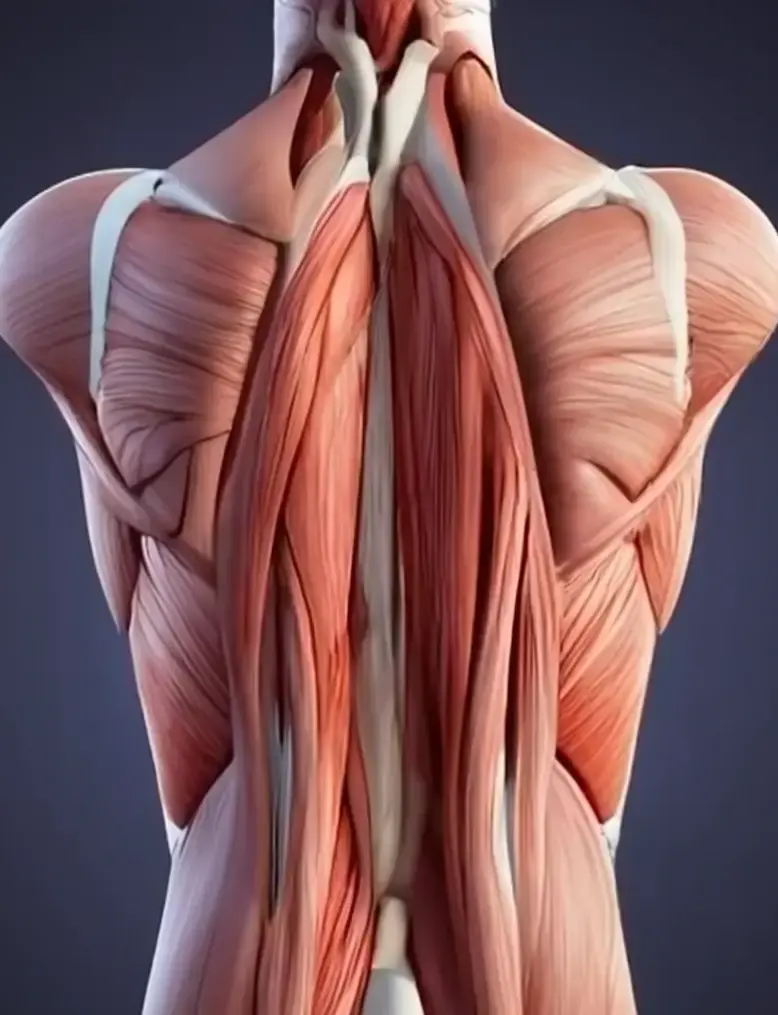9 CEUs. 55 Muscles of Torso

The muscles of the torso are the skeletal muscles that attach to the bones of the trunk and support the movement and function of the chest, abdomen, and back. They are divided into two main groups: the anterior and posterior trunk muscles.
The anterior trunk muscles include the muscles of the thoracic cage and the muscles of the abdominal wall. The muscles of the thoracic cage are involved in breathing and attaching the upper limb to the trunk. They are the pectoralis major, pectoralis minor, serratus anterior, subclavius, intercostal (external, internal and innermost), subcostal, transversus thoracis, and diaphragm muscles. The muscles of the abdominal wall are involved in protecting the abdominal organs, flexing and rotating the trunk, and stabilizing the pelvis. They are the rectus abdominis, external oblique, internal oblique, transversus abdominis, pyramidalis, and quadratus lumborum muscles.
The posterior trunk muscles include the superficial and deep muscles of the back. The superficial muscles of the back are involved in moving and stabilizing the scapula and the upper limb. They are the latissimus dorsi, trapezius, rhomboid major and minor, levator scapulae, and serratus posterior superior and inferior muscles. The deep muscles of the back are involved in extending, laterally flexing, and rotating the vertebral column. They are the spinotransversales (splenius capitis and cervicis), erector spinae (iliocostalis, longissimus, and spinalis), transversospinal (semispinalis, multifidus, and rotatores), and segmental (interspinales, intertransversarii, and levatores costarum) muscles.